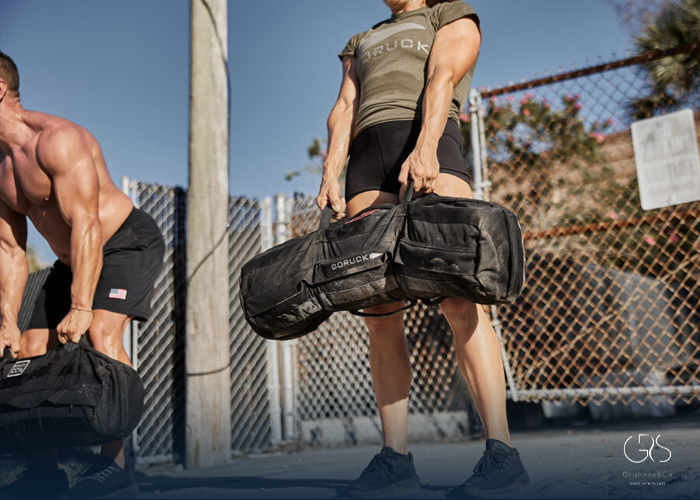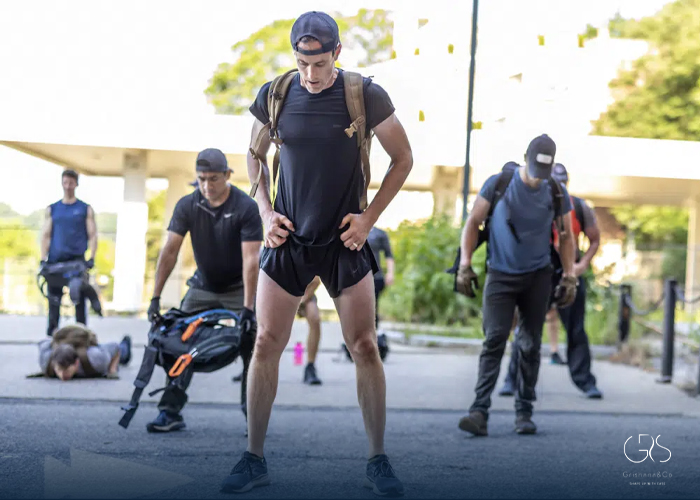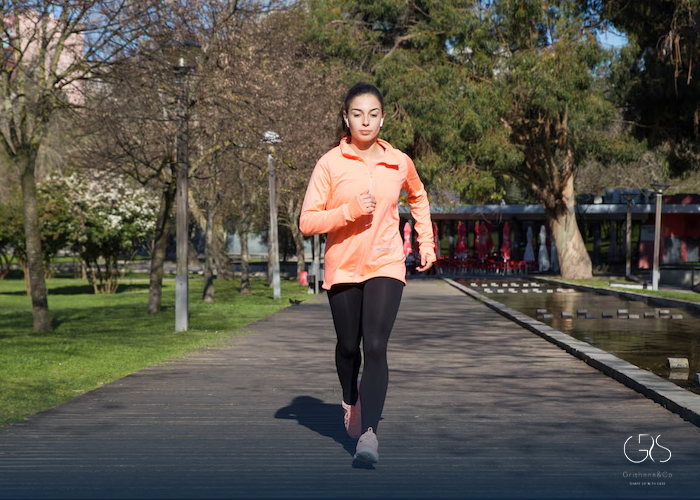Rucking, a physical activity that has gained popularity in recent years, involves walking or hiking with a weighted backpack to increase the intensity of the exercise. This activity, often associated with military training, has become a fitness trend among people of all ages and fitness levels. In this article, we will delve into the meaning and benefits of rucking, exploring its relevance from diverse perspectives and understanding its increasing popularity.
What Is Rucking?
Rucking, at its core, is simply walking with a weighted backpack. The weight of the backpack can vary based on the individual’s fitness level and the desired intensity of the exercise. The activity is not confined to a specific location, granting the flexibility to be done in urban environments, nature trails, or any open outdoor space. While rucking shares similarities with backpacking, the primary focus of rucking is on physical training and fitness rather than long-distance travel or camping.

Benefits of Rucking
- Cardiovascular Endurance: Rucking has been recognized as an effective way to improve cardiovascular endurance. The added resistance from the weighted backpack challenges the heart and lungs, leading to improved stamina and cardiovascular health.
- Strength and Muscle Endurance: The act of walking with added weight engages various muscle groups, including the legs, core, and shoulders. Over time, rucking can contribute to improved muscle endurance and overall strength.

- Calorie Burning: Walking with a weighted load increases the energy expenditure, making rucking an effective exercise for burning calories. This can be particularly beneficial for individuals looking to manage their weight or engage in effective fat-burning exercises.
- Mental Well-being: The outdoor nature of rucking offers mental health benefits, including stress reduction, improved mood, and increased exposure to natural surroundings.
- Accessible and Inclusive: Rucking doesn’t require expensive equipment or access to a gym, making it an accessible form of exercise for a diverse range of individuals. The activity can be modified to suit different fitness levels, offering inclusivity for people at various stages of their fitness journey.
- Social Engagement: Rucking can be a social activity, providing an opportunity for friends and family to engage in fitness together while enjoying the outdoors.

Diverse Perspectives on Rucking
- Military Training: Rucking has deep roots in military training, where it is utilized to build physical endurance, strength, and mental toughness among soldiers. It fosters resilience and prepares military personnel for carrying heavy loads over long distances in challenging terrains.
- Fitness Community: Within the fitness community, rucking has been embraced as a practical and challenging form of exercise that can be incorporated into training regimens. It offers a break from traditional gym workouts and provides a fresh outdoor perspective on fitness.
- Health and Weight Management: Individuals seeking a low-impact yet effective way to manage their weight and improve cardiovascular health have found rucking to be a sustainable and accessible option.
- Outdoor Enthusiasts: For outdoor enthusiasts, rucking provides a means to merge fitness with their love for nature. It offers a new dimension to hiking and outdoor activities, adding an element of physical challenge to the experience.
Statistics on Rucking
- According to a survey conducted by the American College of Sports Medicine, rucking has seen a significant increase in popularity, with a 26% rise in participation over the past three years.
- The average person can burn up to 100 calories per mile when rucking with a 20-pound backpack, compared to approximately 60 calories burned during regular walking.
- A report by the National Center for Biotechnology Information suggests that rucking can lead to a lower risk of chronic diseases such as heart disease, diabetes, and obesity, thanks to its cardiovascular and strength benefits (source).
Conclusion
Rucking encompasses a range of physical, mental, and social benefits, making it a compelling option for individuals seeking to enhance their fitness and well-being. Its accessibility and versatility have contributed to its rising popularity across diverse demographics. Whether viewed from the perspective of military training, fitness enthusiasts, or outdoor lovers, rucking offers a unique blend of physical challenge and outdoor exploration.
As rucking continues to gain traction in the fitness landscape, it presents an opportunity for individuals to embrace new ways of staying active and healthy. Given its positive impact on cardiovascular health, strength, and mental well-being, rucking is undoubtedly a fitness trend worth exploring.
Sources
- GORUCK, What is Rucking?
- National Center for Biotechnology Information, The effects of military style ruck marching on lower extremity loading and muscular, physiological and perceived exertion in ROTC cadets












